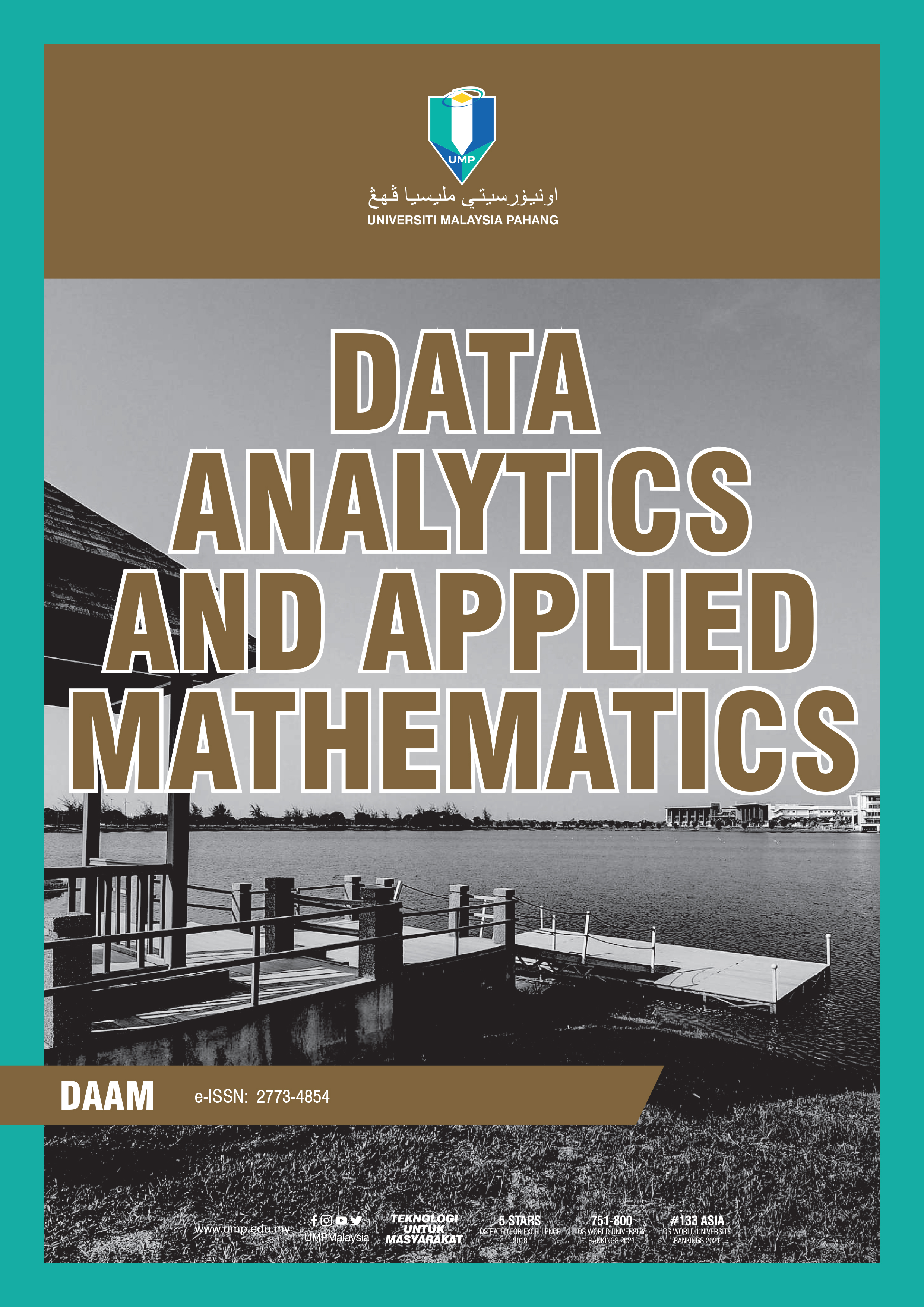The implementation of conjugate gradient methods for data fitting
DOI:
https://doi.org/10.15282/daam.v4i1.9499Keywords:
Conjugate gradient, Iteration , CPU time , OptimizationAbstract
The conjugate gradient (CG) method is widely used to solve the unconstrained optimization problem by finding the optimal solution. This problem can be solved by an iterative method. CG method can be classified into classical, modified, spectral, three terms, and hybrid. In this research, Polak-Ribiere-Polyak (PRP), Rivaie-Mustafa-Ismail-Leong (RMIL), Nurul Hajar-Mustafa-Rivaie (NMR) and Linda-Aini-Mustafa-Rivaie (LAMR) are the four chosen methods for this comparison study. These methods are tested under the Armijo line search. There are 14 test functions with five initial points and various variables are chosen. This comparison study is tested using MatlabR2022a to evaluate iteration number and CPU time. The performance profiles of the numerical result are plotted using a Sigma plot. Then, a set of data, the ASB dividend rate is used to form a linear model. In conclusion, PRP performs better than any other method since it yields the best numerical results and is applicable for data fitting.
Downloads
Published
Issue
Section
License
Copyright (c) 2023 Universiti Malaysia Pahang Publishing

This work is licensed under a Creative Commons Attribution-NonCommercial 4.0 International License.




